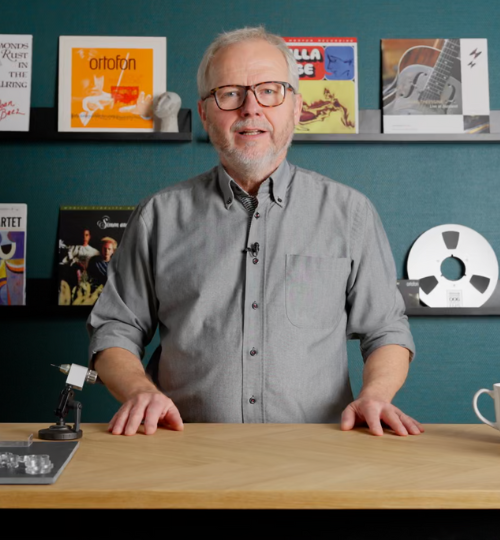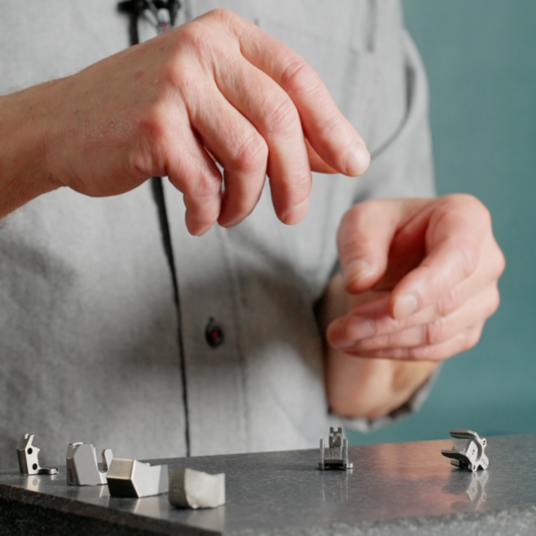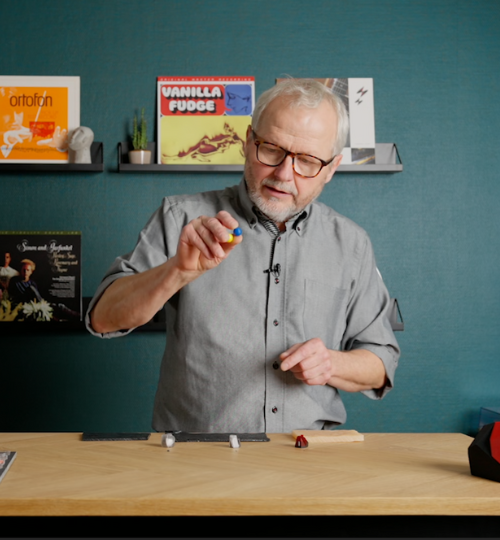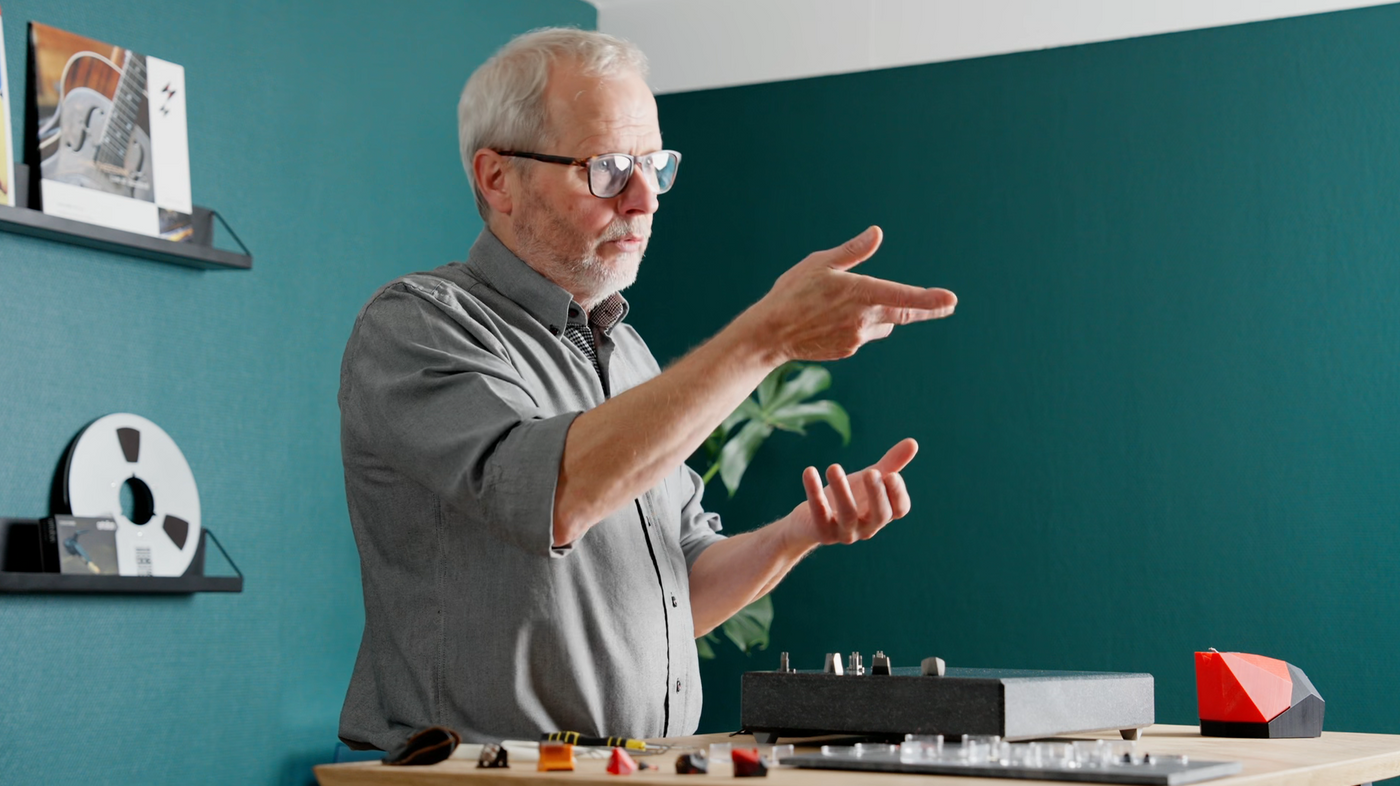A journey through cartridge design

Cartridge Principles
How does a phono cartridge work?

Cartridge technologies
What are cartridge technologies?
Are you ready for a journey through cartridge design?

What materials go
into a cartridge?

The world of styli

